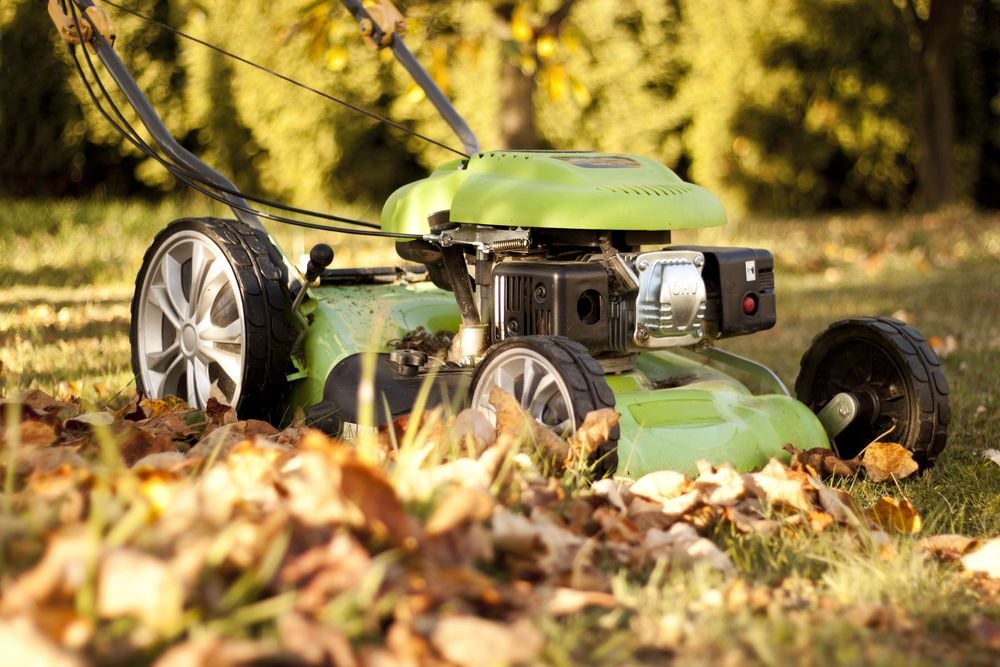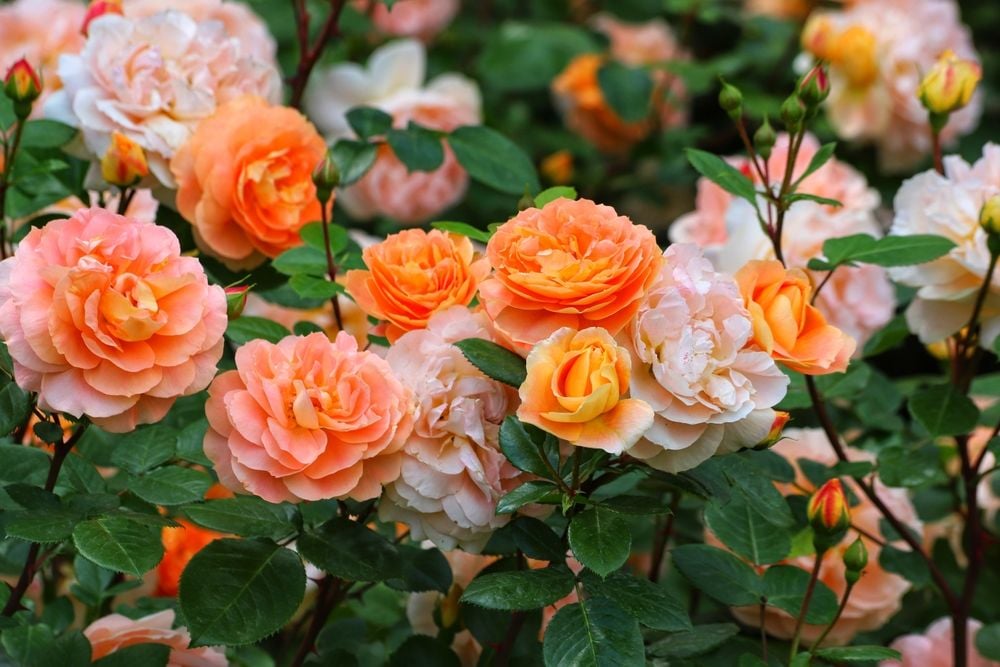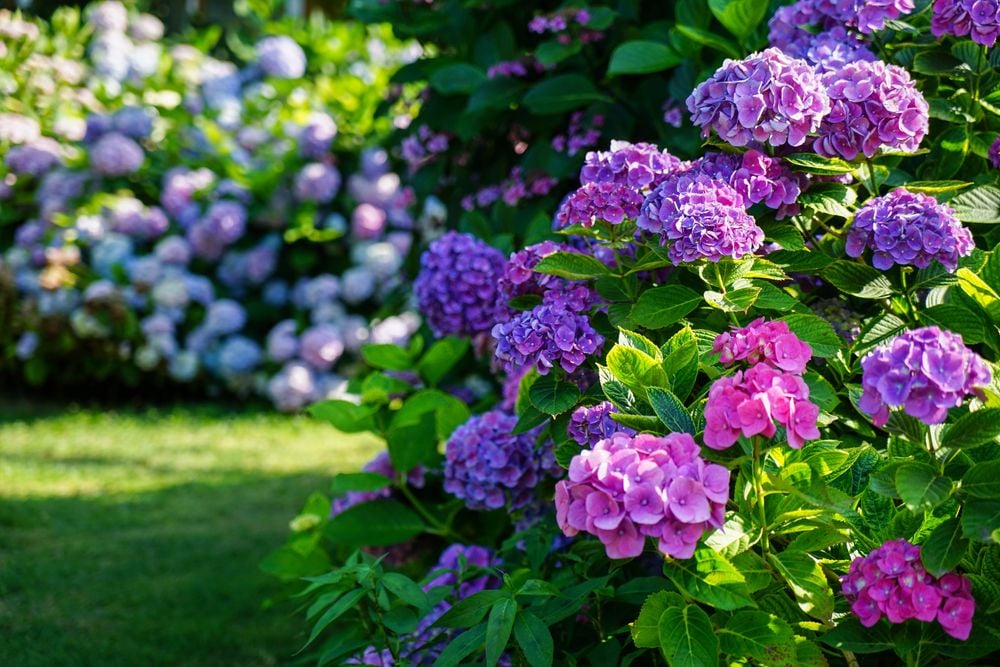
Grub Be Gone! Experts Reveal How to Protect Your Garden from Pesky Beetle Larvae
- Jun 4, 2025
It's time to wage war against grubs - the bothersome beetle larvae, notorious for their soil-dwelling habits and their appetite for flower and vegetable roots. The silver lining? We have an arsenal filled with grub-battling methods, ranging from prevention to treatment strategies. Drawing from expertise in gardening and pest control, we bring you the most effective ways to keep these uninvited garden guests far away, ensuring your plants flourish by leaps and bounds.
Grubs thrive in thin, under-watered lawns where roots are weak and easily served-up as dinner. Thick, well-kept lawns are our first line of defense, claims Mihail Velev, renowned pest technician at Fantastic Pest Control. "Deep yet infrequent watering" is his advice to maintain sturdy roots while avoiding excessive fertilization that might yield lush lawns luring egg-laying female beetles.
This technique also brings general lawn improvement. It's "generally inexpensive and wards off future invasions," opines David Price, Executive VP of Strategic Growth at Mosquito Joe, but notes existing grubs won't be eliminated and the process demands both effort and time.
Exploring nature's own grub-predators, we find beneficial nematodes, tiny worms that target grub larvae, a useful ally. As Tammy Sons, CEO of TN Nursery and horticulture enthusiast notes, distributing nematodes in soil from late summer to early fall is particularly effective. A concoction of water and nematodes, sprayed over moist soil during early mornings or late nights, is her practical method.

"These are organic, harmless to humans, pets, and pollinators, and curb grub populations considerably within one season with regular use,", says Sons. However, she notes that these are best for shaded, moist soil and peak in Spring and Fall.
Another natural remedy is employing milky spore powder over grub-ridden areas. Sons explains that the bacteria in milky spore targets grubs and over time, permeates throughout the soil. It provides a long-term solution, operates for years once established, and is safe for plants, humans, and critters. However, it specifically targets Japanese beetle grubs and takes two growth seasons to fully take effect.
According to Velev, turf laden with thatch provides a welcoming environment for grub eggs and larvae. Therefore, de-thatching is necessary. Sons concurs, employing a core aerator to loosen compacted soil and remove excess thatch, creating an unfavorable environment for grubs and strengthening root growth.
Aerating, while fostering healthier lawns, makes the area less accommodating for grubs. However, it's either physically straining or requires rented equipment, notes Sons. Moreover, it only prevents, but doesn't eliminate, existing grubs.






